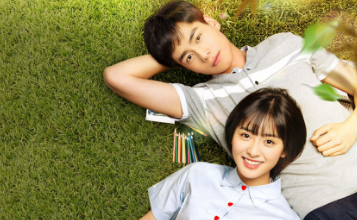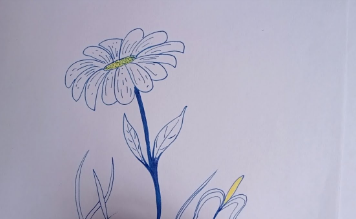Beautiful:7kgec_Jwqf0= Drawing Colour

When you think about the Beautiful:7kgec_Jwqf0= Drawing Colour in your artwork, it’s not just about what looks good; it’s about how those hues interact and convey emotions. You might find yourself questioning the role of color theory in your process or the specific drawing tools that enhance your vision. As you explore blending and layering techniques, consider how these choices influence the emotional response of your audience. What if you could elevate your skills even further by mastering these elements? The journey to understanding the profound impact of color awaits you.
UnderstandingBeautiful:7kgec_Jwqf0= Drawing Colour Theory
When you dive into the world of color theory, you’ll discover that understanding how colors interact can transform your artwork.
Start by exploring the color wheel to identify primary, secondary, and tertiary colors.
Aim for color harmony by experimenting with complementary, analogous, and triadic schemes.
This knowledge empowers you to create vibrant visuals, evoking emotions and capturing your audience’s attention effortlessly.
Read More: 7 Quick and Easy Ways to Grow Your Business with Social Media
Essential Drawing Tools
Mastery of drawing hinges on the right tools, and having the essentials at your fingertips can make all the difference.
Start with various pencil types—graphite for fine lines, charcoal for bold strokes.
Don’t forget about color mediums like watercolors or colored pencils to add vibrancy.
With the right tools, you’ll unleash your creativity and bring your visions to life effortlessly.
Techniques for Color Application
Understanding how to apply color effectively can elevate your artwork to new heights.
Experiment with color blending; gently mix hues on your palette or paper for smooth transitions.
Layering techniques will add depth—start with lighter shades and gradually build darker ones.
Don’t shy away from bold contrasts, as they can energize your piece.
Let your intuition guide you in this colorful journey!
Emotional Impact of Color
Colors can evoke powerful emotions and create distinct moods in your artwork, making it essential to consider their psychological impact.
Understanding color psychology helps you harness emotional resonance through color symbolism. Different hues carry cultural associations; for instance, red can signify passion or danger.
Conclusion
So, you’ve mastered Beautiful:7kgec_Jwqf0= Drawing Colour theory, gathered your drawing tools, and honed your techniques, right? Yet, it’s amusing how a simple splash of orange can spark joy or a smudge of blue can bring a tear. You’d think it’s all about the colors, but it’s really about the emotions they stir within you and your viewers. Embrace the irony: the more you understand color, the more unpredictable your art becomes. Now go ahead, let your colors dance!




